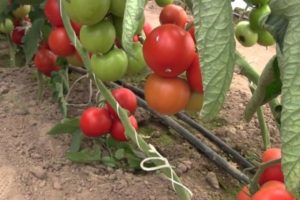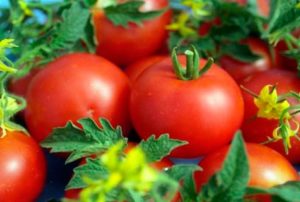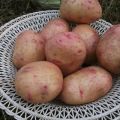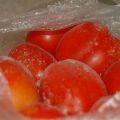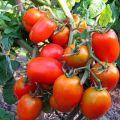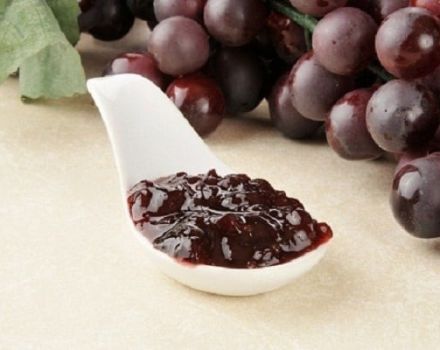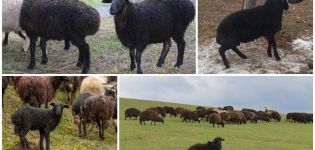Characteristics and description of the tomato variety Bullfinch, its yield
Tomato Snegirek can grow well at home, it is also suitable for open ground. Due to its cold resistance, this variety can grow in any conditions and in any geographic location. The Bullfinch variety is adored by summer residents for its wonderful taste and unpretentious care. Let's study the Bullfinch tomato, how to grow and care for this tomato.
What do Bullfinch gardeners like so much
Of all types of tomatoes, Bullfinch is liked by summer residents for its simplicity. Despite the fact that the plant is not a standard plant, the bush is undersized - even in summer, the height of a tomato does not reach fifty centimeters. Even a novice vegetable grower can grow seedlings. It is impossible to keep the bullfinch tomatoes for a long time without support, since there can be a lot of fruits on one bush, and the plant can break from the severity. Despite the fact that tomatoes have a chic green "hair", it is often not necessary to pinch the plant.
The variety also has a remarkable quality, which should be described: the cultivation of a bullfinch is possible even in a cool climate, since a tomato was created for the northwestern regions. This is an early ripening variety, from the emergence of shoots to the collection of the first fruits it takes only three months. Of course, much depends on the region itself.
While other varieties of tomatoes are just starting to gain color, the Bullfinch tomatoes are already red. Most vegetables do not like cold, rainy weather, but Bullfinch is not afraid of this: the bushes give an excellent harvest in any weather. In short, the variety is unpretentious, very early ripening and gives a lot of fruits.
Description of the Bullfinch variety
Tomatoes are intended for planting in open soil and greenhouses. Due to the fact that the variety is undersized and does not require a lot of sun and heat, the tomato can be safely grown in the winter at home. This variety is popular with summer residents of the middle lane. The bush grows up to 45 centimeters, does not require pinching. The first inflorescences appear on the seventh leaf, and the next ones after two leaves.
The fruits are round in shape, at the stage of maturity, red tomatoes weighing two hundred grams. The skin is thin, but perfectly protects the tomato from cracking. The pulp is quite dense, sweet, juicy, there are not very many seeds. The taste is pleasant.
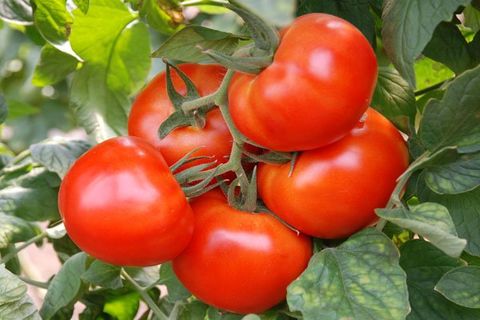
Positive characteristics:
- early maturity;
- does not require careful maintenance;
- the tomato is resistant to rot and other diseases;
- seeds germinate quickly;
- up to 6 kilograms of tomatoes can be harvested from one square meter.
The bullfinch was bred by domestic breeders. Since tomato bushes are not tall, tomatoes can be grown at home - on a windowsill, on a balcony or on a veranda.Tomatoes perfectly tolerate lower temperatures and lack of water, and when optimal conditions are created, yields will be excellent.
Growing rules
It is recommended to grow bullfinches in seedlings. It is imperative that before using the seeds, they must be treated with a stimulant, which will increase the percentage of germination and accelerate the growth of seedlings. The substrate can be made from ordinary garden soil - reviews of gardeners say that humus must be added to such soil, part of the sand can be added. The seeds must be sown in containers with a depth of 2 cm. For the germination of tomato seedlings, Bullfinch needs a temperature of about 25 degrees. Since this variety is quite well-known, it is recommended to buy seeds from trusted sellers in order to avoid buying a fake.
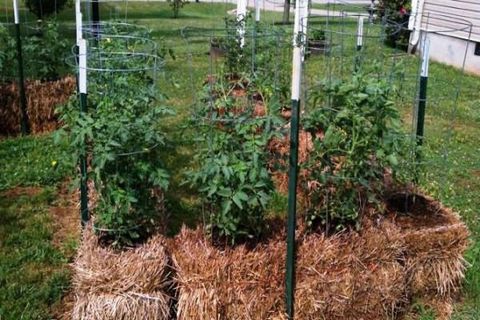
Seeds for planting are sown three months before the intended planting in the garden. It is necessary to dive seedlings at the stage of the appearance of two true leaves. When planting in a permanent place, it is recommended to distribute seedlings freely, for example, it is permissible to plant five bushes on 1 square meter of the plot. It is preferable to feed the plant with fertilizer with a high nitrogen content - this will strengthen the stems. A week before planting, the seedlings are usually hardened, taking them out to a cool place, first for a couple of hours, and then for a day.
Planting seedlings in the ground begins closer to June, when the ground has had time to warm up enough. It is recommended to plant tomatoes in the beds where legumes, carrots or cabbage used to grow.
Whoever planted this variety already knows that it is undesirable to place the tomato in the beds where zucchini, tomatoes or peppers were previously grown. The soil needs to be fertilized with humus, the bushes should be placed at a distance of 30 centimeters from each other.
Those who grew Bullfinch tomatoes know that in the first days after transplanting, young seedlings should be covered with foil. Further care for a tomato bed consists in timely watering, fertilizing with mineral fertilizers, removing harmful weeds and preventive measures against diseases and pests.
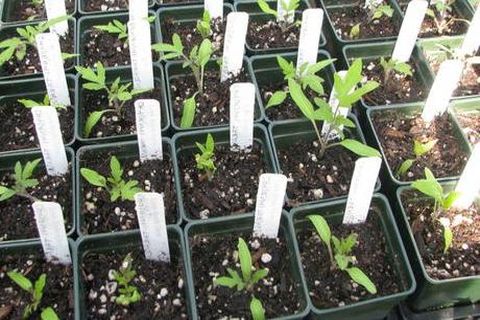
Tomatoes need to be watered infrequently, but abundantly. Use soft water at room temperature for irrigation. Every two weeks, feed the Bullfinch tomato with mineral fertilizers. Top dressing should be applied at the root or by spraying the bushes. It is not necessary to tie the stems, but for good air exchange it is recommended to cut the lower leaves.
Of course, the description of the variety and characteristics of the Bullfinch tomato will give more detailed information about agricultural technology, but we have outlined the most important rules for planting and caring for tomatoes.
Tomatoes of this variety are resistant to various diseases. To prevent the development of a fungus or other disease, it is recommended to spill the soil with a weakly diluted solution of potassium permanganate. Young tomatoes are sprayed with any biological product. You can save young plantings by frequent loosening of the earth. Insecticides will help get rid of pests. It is better to use chemicals until the time the tomato bush blooms. Cold weather resistant bullfinch is an excellent choice for every gardener.
